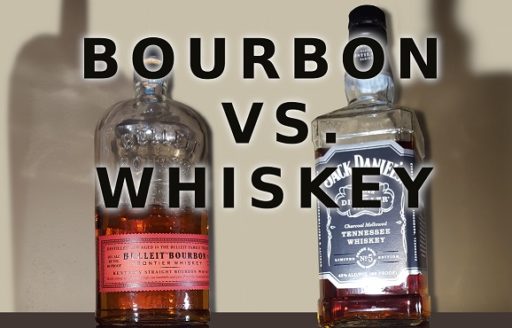What Is Bourbon?

“So what is bourbon?”
-Your friend, when you tell them you drink bourbon
This may be one of the most common questions you get from your non-bourbon friends. You know that it tastes good and you like it, but you also want to be able to give your curious friends an intelligent and informed answer. Lucky for you, there are some very specific and easy-to-remember criteria for what makes bourbon bourbon.
“All bourbon is whiskey, but not all whiskey is bourbon.”
The first thing to know is that bourbon is a type of whiskey, which means that it is derived from fermented grain. However, bourbon is special because there are certain standards that need to be met and specific steps that need to be taken when making it. So here’s what you need to know:
- Bourbon must be produced in the United States
- Its mash bill must contain at least 51% corn
- It must be aged in new, charred oak containers
- It cannot be distilled over 160 proof
- It cannot enter an aging barrel at more than 125 proof
- It must be bottled at 80 proof or more
These are legal requirements laid out by the Federal Standards of Identity for Distilled Spirits. While bourbon can be made anywhere in the U.S., it is primarily made in the south, centralized around Kentucky (because, you know, the corn).
But you may be even more curious and want to know why these requirements exist. Obviously the most important factors that affect taste are items number 2 and 3. Much of the law revolving around bourbon comes from tradition, but there is a little more to it than that. Originating and being centralized in Kentucky, corn was and still is the easiest grain to come by, so that’s what was used. In my personal experience, and many would agree, corn gives whiskey a sweeter and fuller flavor as opposed to the spice of rye or barley.
The importance of charred, new oak barrels lies in the aging process. Much of the sweetness that is expected in bourbon actually comes from the oak during aging. Sugars from the wood are carmelized and brought to the surface when charred, and these sugars seep into the spirit. Oaks also contain unique compounds that add to the flavor of the whiskey. Different barrels can affect the flavor of bourbon due to variations in tannins, lactones, and vanillin; and varying aging times can affect how prominent these flavors are. The combination of a high-corn mash bill and the use of charred, new oak barrels are what give bourbon its unique and loved flavor.
There’s a reason bourbon is so coveted in the United States. It requires high standards and specific ingredients to generate a full, flavorful, sweet alcohol that is unique and memorable. Those extra steps make a world of difference in making the drink you love.
Sources:
Electronic Code of Federal Regulations